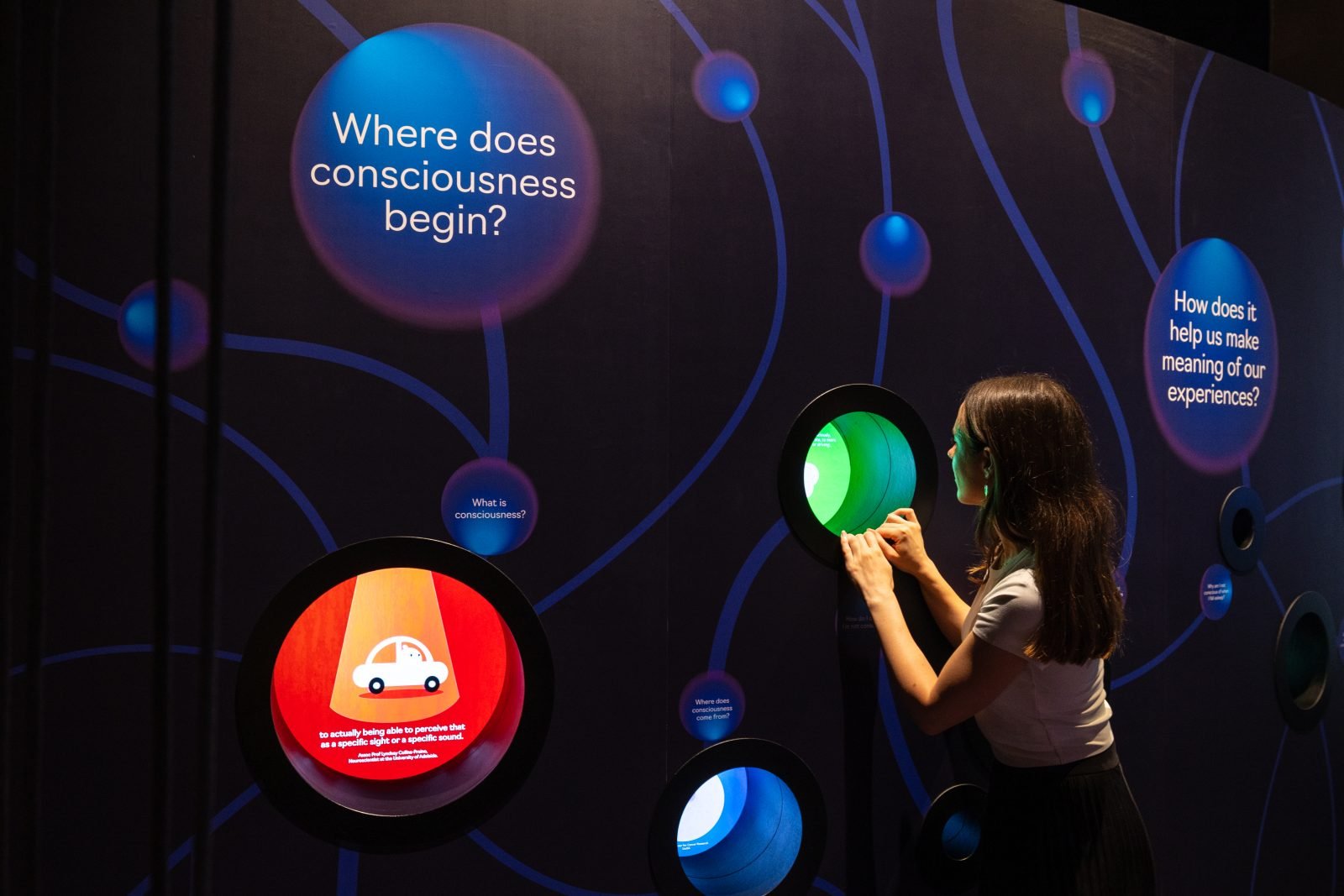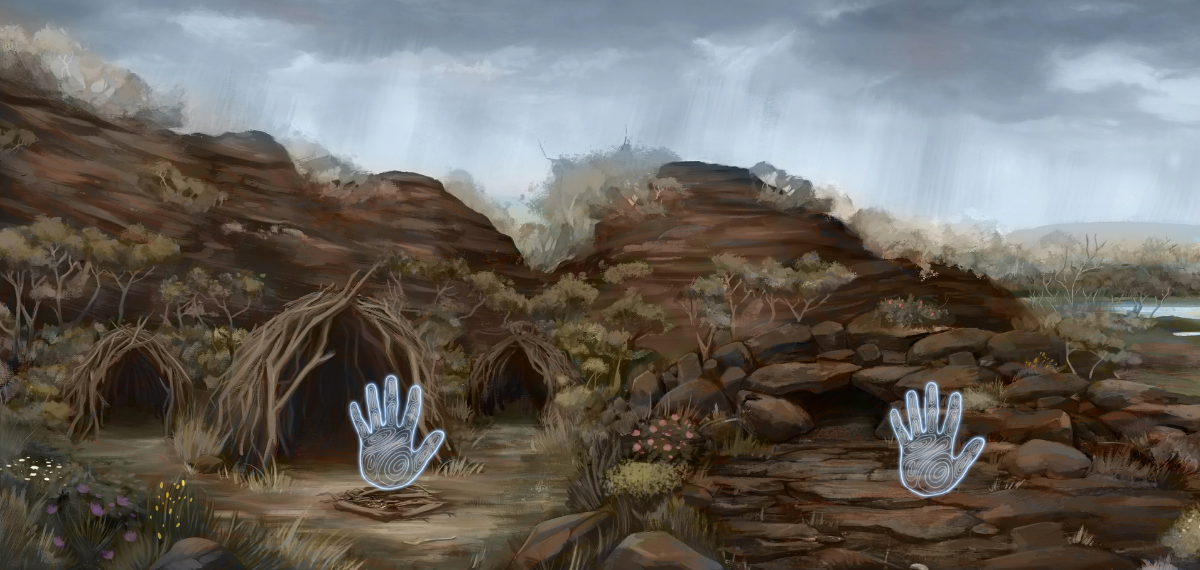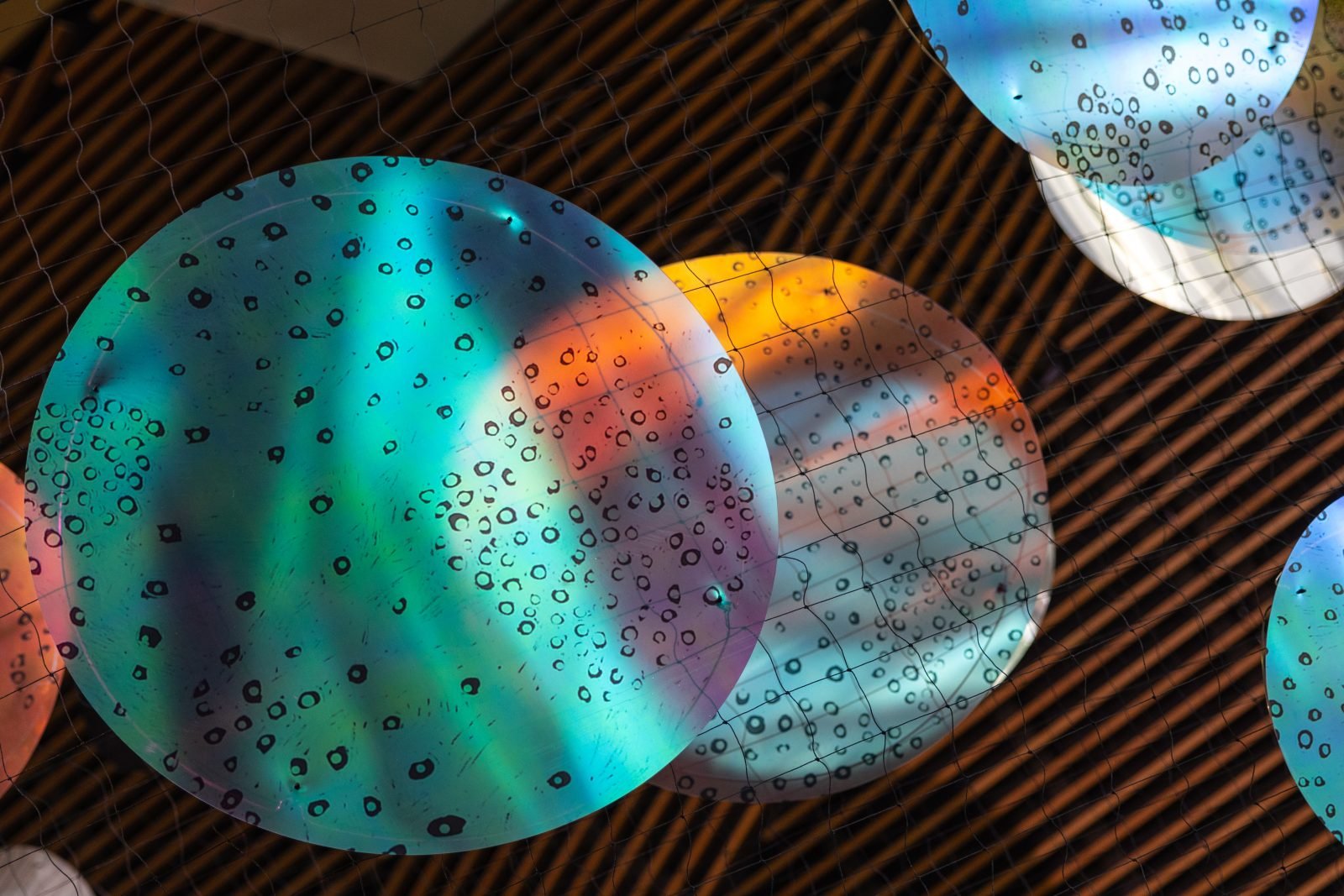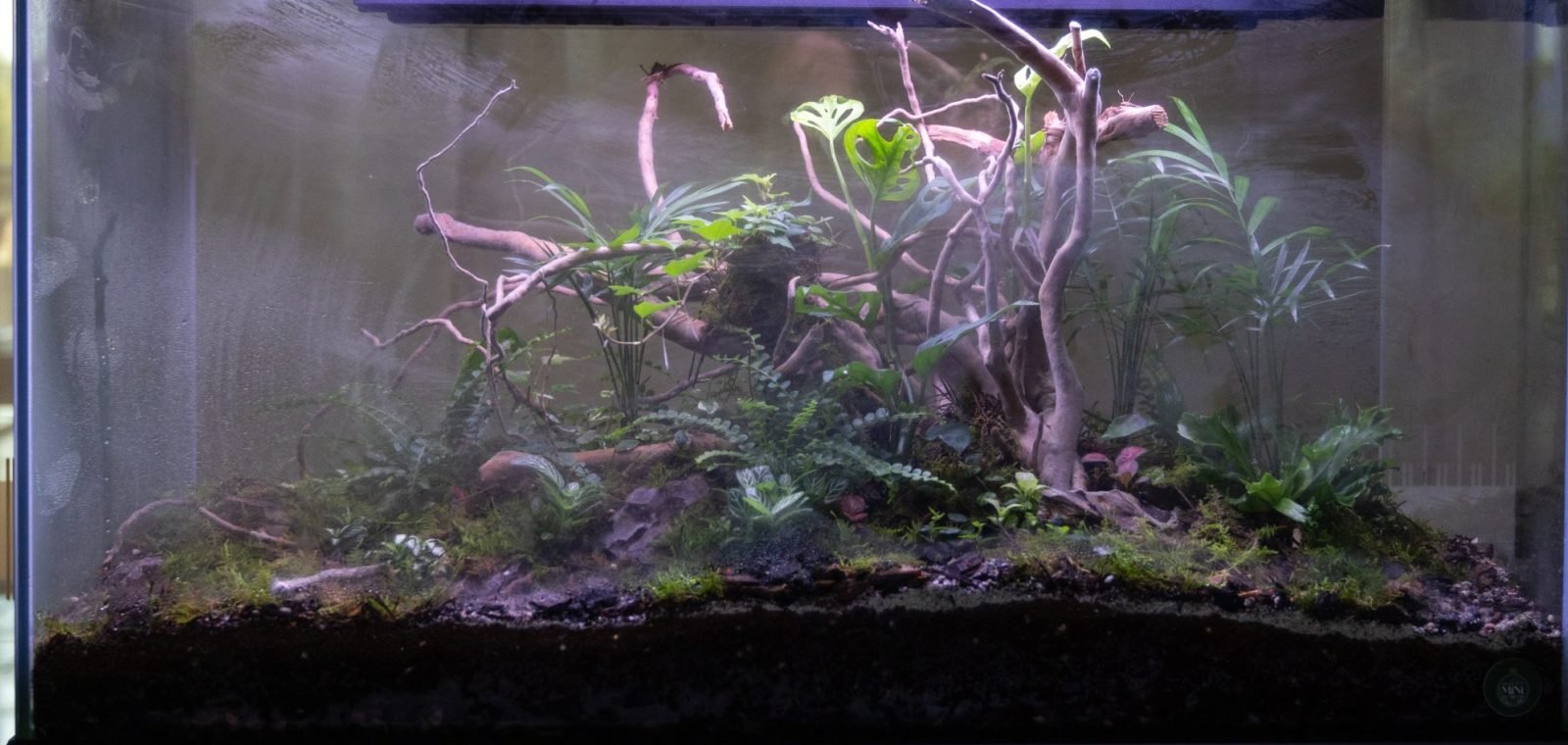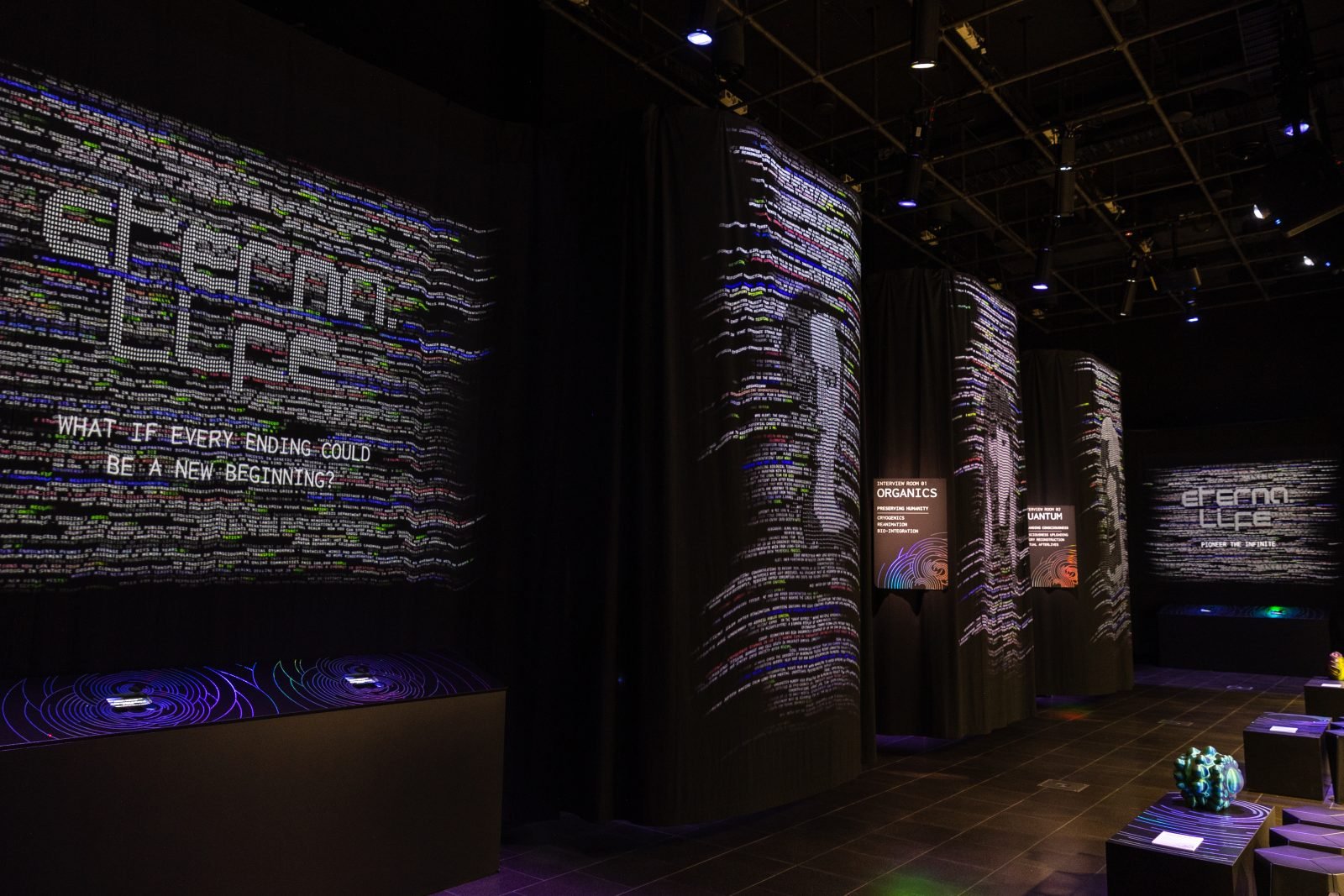Interested in how time works?
Make it a career with UniSA
Bachelor of Applied Science
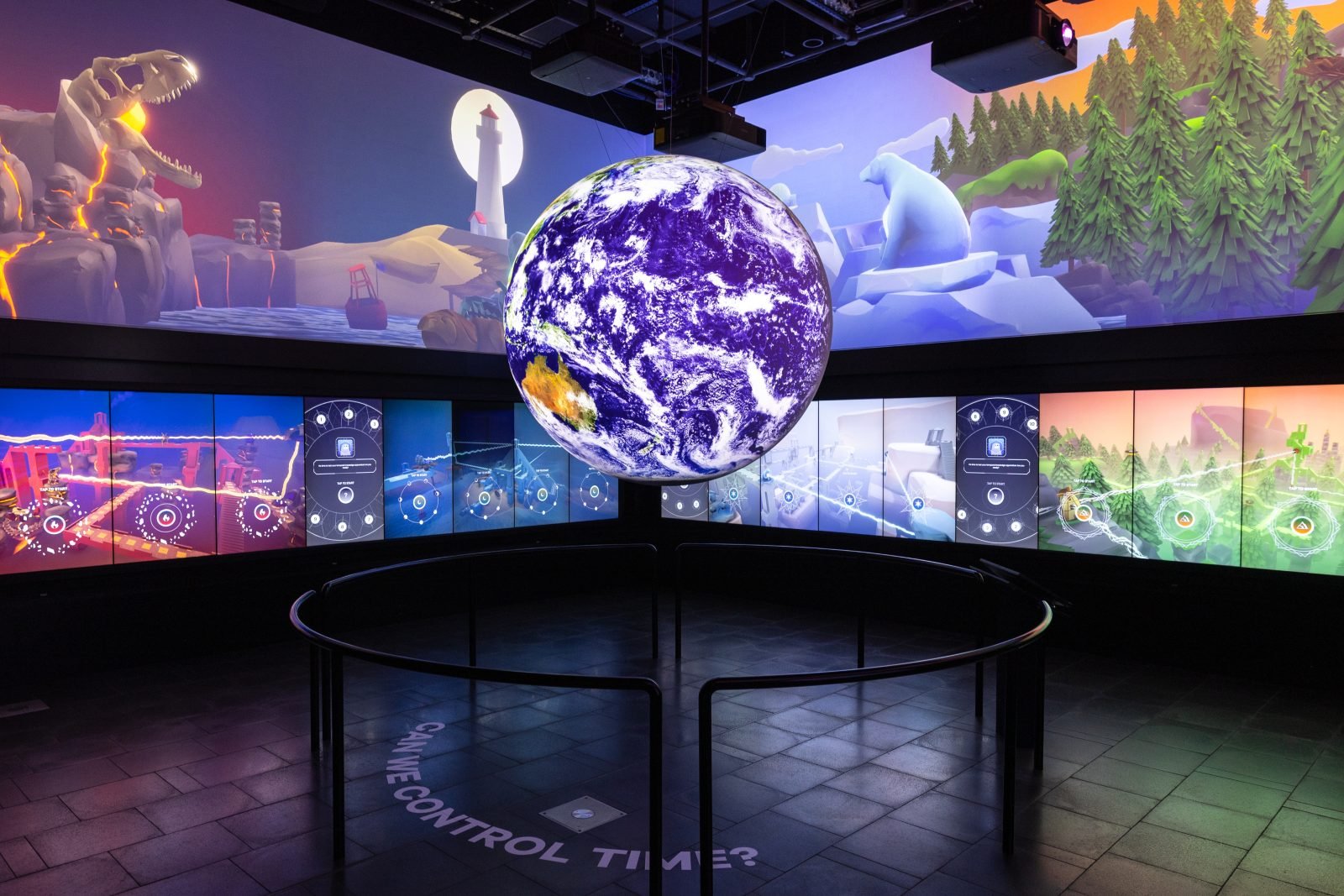
Exhibit Details
Open JanNov 2025
- Can we control time?
- Delve deeper
Last chance to see Earth Time in Universal Gallery 8 Nov 2025.
Hey…you there! Apprentice!
We have a crisis on our hands and the Time Keeper, Clockwork Larry, needs your help. Everyone knows there’s 24 hours in a day right? But the Time Keeper’s atomic clock is out by one whole second! This is a disaster.
The five Time Alignment Temples are what keep everything stable. But something’s disrupting them, and we need to act fast.
Your job is to visit each Time Alignment Temple control panel and use your puzzle-solving skills to try and align Earth’s rotation to match atomic time. By directing lava in the Subterranean Temple, melting and shifting ice in the Polar Temple, or dragging tides caused by the moon at the Ocean Temple, you will change the speed of the Earth’s rotation.
Now get moving and embark on this chrono-crusade before time runs out! You’ll need to stabilise the temple time zones before people are saying, ‘Is it breakfast time or bed time?.’
A day is the time it takes for the Earth to spin about its axis and for the Sun to appear in the same spot in the sky again. Typically, the length of time it takes to do that is 24 hours, give or take. That give or take is actually very important. Since ancient times, astronomers have known that using the Sun’s movement to measure time doesn’t give consistent results. Days are longer in summer when we get more hours of sunlight. In calculating the length of a solar day, we must also take into account that the Sun appears to change position in the sky as the Earth orbits. But this assumed that the rotation of the Earth was constant.
It wasn’t until the 19th century that scientists were able to accurately determine that the rotation of the Earth was not, in fact, constant. It is constantly changing due to a huge variety of factors. In the context of deep time, we can use information from the growth rate of corals to know that millions of years ago a day was only 22 hours long. So what causes the spin of the Earth to slow down or speed up?
You explore this in our touchscreen game, EarthTime. You visit different Time Temples that represent factors scientists know change the speed of the rotation of the Earth:
-
Subterranean Temple
The movement of the Earths solid core and liquid mantle can slow down or speed up rotation. e.g. the continents drifting north will speed up rotation of the earth.
-
Polar Temple
Climate change can change the speed of rotation. Melting ice sheets shift mass away from the poles to the equator, slowing the Earth down (like a ice skater throwing out their arms to slow a spin).
-
Ocean Temple
The Moon and its effect on the tides is one of the biggest impacts on Earth rotation. The Moon pulls on the oceans creating tidal bulges. The friction between tides and the ocean floor acts like a brake, slowing us down and making the day longer.
-
Mountain Temple
Earthquakes can shift the distribution of mass which changes Earth’s rotational speed. Even atmospheric patterns like La Nina results in a speed increase. As the prevailing wind pushes on Mountain ranges like the Andes, this acts like a sail to increase the Earth’s rotation speed.
-
Space Temple
Einstein told us that all time is relative! How fast you’re going, and how much gravity you’re experiencing all effect time.
The faster you travel, the slower you experience time. The more spacetime is curved by gravity (the nearer you are to a massive thing) the slower time goes (General Relativity). The theory of Special Relativity tells us that you experience time faster the further you are from Earth. These effects are small but incredibly important for GPS – if we didn’t take these into account GPS wouldn’t function. GPS satellites need to have their clocks set slower on earth so they will be synchronised in orbit.
The TimeKeeper sends you on a journey to try and align Earth’s rotation to match atomic time. Visit the five Time Temples and solve puzzles that represent the factors that change the speed of the Earth’s rotation. Move lava, melt and shift ice, drag the tides, direct the wind and control gravity. Can it even be done, or will the TimeKeeper need to learn that natural cycles and cosmic rhythms are just as crucial as atomic accuracy?
Read
- The block universe theory, where time travel is possible but time passing is an illusion
- Are we living in the same timeline? Why your partner perceives time differently
- Earths core affects length of day
- Why a day is 24 hours long, because it wasn’t always
- The Earth’s rotation is changing speed: should we be worried?
- How fast does the earth spin?
- The length of Earth’s days has been mysteriously increasing, and scientists don’t know why
- If all of Earth’s ice melts and flows into the ocean, what would happen to the earth’s rotation?
- Earth sets new record for shortest day
- Exclusive: White House directs NASA to create time standard for the moon
- Polar ice melting makes Earth heavier to rotate, causing longer days
Watch
Explore
Credits
- QUT Touchscreen Interactive


